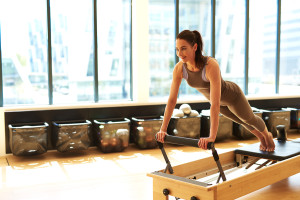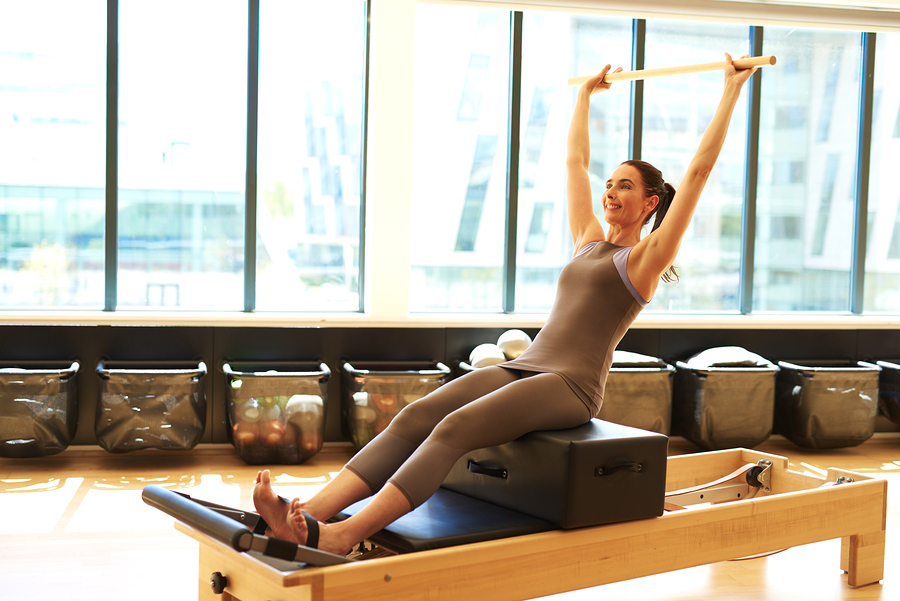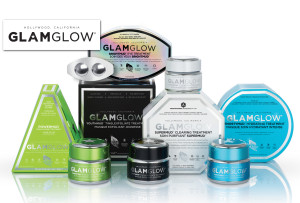Pilates is a physical fitness program that was developed back in the early 20th century by Joseph Pilates. Focusing on “controlled movements”, this physical fitness activity is designed to help you target specific areas and work those areas with precision. While most of your Pilates exercises will seem more like a form of art, it is said that your Pilates session should look and feel like a workout instead of therapy.
The Principles of Pilates
 Like most workout programs, there are certain areas of focus you must adhere to in order to maximize their benefit and results. Pilates, based on “controlled movements” is no different and some argue even more relevant when practicing this art form of exercise.
Like most workout programs, there are certain areas of focus you must adhere to in order to maximize their benefit and results. Pilates, based on “controlled movements” is no different and some argue even more relevant when practicing this art form of exercise.
- Concentration – Pilates is very demanding when it comes to mental fortitude and because the foundation is based on control, one must continuously focus their attention to smooth and fluid movements during the entire workout, making this exercise program both a physical and mental workout.
- Control – “Contrology”, Joseph Pilates preferred label for this workout is based on the idea of isolated and precise muscle control. By controlling a targeted muscle you can enhance the overall workout while making sure you control every single movement.
- Centering – Often considered “balance”, having a sense of center is key to the Pilates workout. To effectively manage your bodies movement you need a solid starting point, and Joseph Pilates believed that a persons center of gravity was the birthplace of a precise and controlled workout.
- Flow Movement – One of the main goals of Pilates is to maximize your movement in the most economical and elegant ways. To leverage your natural give and take on tension and release helps you maximize your overall performance and provides a safe way to exercise using your natural movement conditions.
- Precision – When practicing Pilates, it is key to execute every movement with exact precision. Without the controlled result of your workout, you cannot effectively focus on the area of choice. Avoiding sluggish, half hazard movements will also reduce the risk of injury.
- Breathing – Everyone knows that breathing is mandatory, and Pilates works to incorporate a natural and complimentary breathing technique in its workout program to ensure adequate blood flow and oxygen is traveling to the focused muscle groups.
Many people are seeing tremendous results by practicing Pilates and combined with the excellent mental workout you get when committing to this physical activity there are many other benefits to joining in on your next Pilates workout group. 
- Core Strength – One of the biggest benefits of practicing Pilates is that it gives you a strong core foundation. Most individuals workout select areas they want to improve, but without a strong core, your body will fail to properly support the outer body parts causing your workouts to be less effective.
- Flexibility – Another great byproduct of practicing Pilates is flexibility. If you are like me, I can barely touch my feet on a good day, so by working out your muscles in a controlled and precise manner will also allow you to maintain your long lean muscles giving way to more flexibility and ease in movement.
- Even Conditioning – As mentioned before, most people choose to workout certain parts of their body. For example, Monday might be your leg day, while Wednesday could be your arms day. Pilates does not have a leg day and focuses on a full body workout giving you longer lasting, even conditioning of your body and muscles.
While Pilates is not for everyone, it is a great exercise program for those looking to learn how to control their body, concentrate their mind and improve their core flexibility. So, if you are looking for a new workout routine, ask your gym about their Pilates program and if this program is a good fit for you!








Leave a Reply